
MENUMENU
TALK TO AN EXPERT
Special Hours: 7AM – 6PM PST
TALK TO AN EXPERT
Special Hours: 7AM – 6PM PST
Electric fuses are an integral part of almost all electrical circuits in our homes, vehicles, appliances, and components that we use every day. But what are fuses exactly? How do they function, and what is their purpose? Let’s break it down.
Electrical circuit protection is important because it identifies a problem and addresses it before it can cause a far more severe problem.
For example, an electrical circuit protection device can prevent a loss of power. But it can also prevent a fire by intervening ahead of a major electrical fault. So electrical circuit protection is important to help us to live safely with electrical devices and connections.
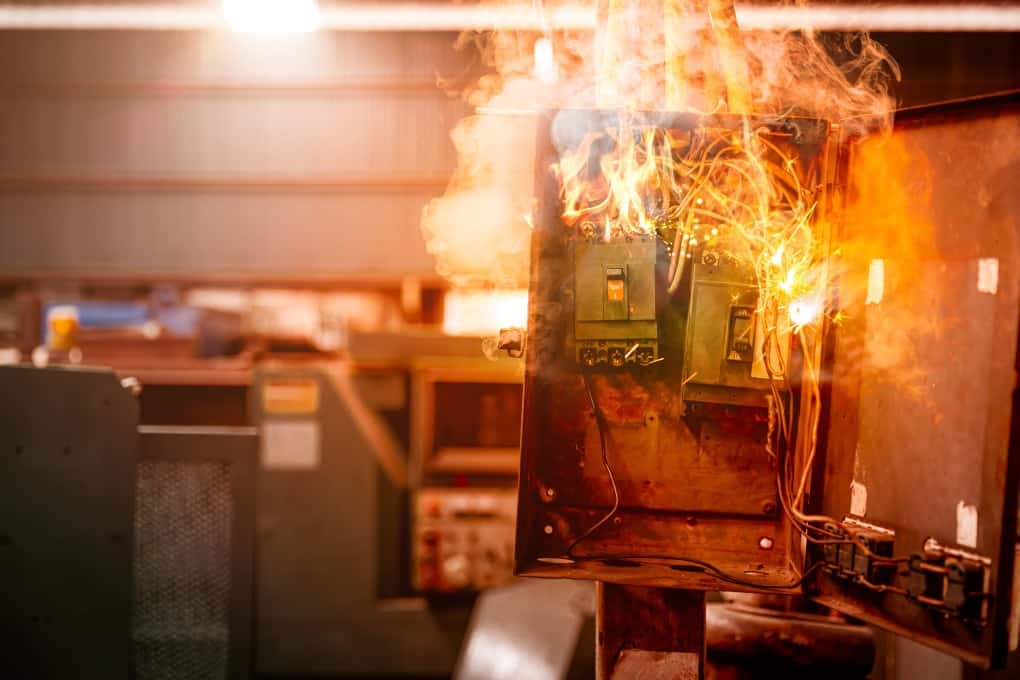
Electrical circuit protection also protects electrical equipment from damage. Excessive current or heat can damage or destroy expensive equipment in homes and businesses. This can cost considerable amounts of money to repair or replace.
Electrical circuit protection can also prevent an arc flash from short circuits. Arc flash occurs when electrical conductors are close to each other and fault currents flow through them. This can happen when you touch the wrong surface with a test probe, for example, or get dust or corrosion on electrical conductors. The heat from an arc flash can lead to fires or explosions that cause damage or even death.

Electrical circuit protection is a necessity when we use electricity to function and operate safely every day.
An electric fuse is a thin conductor designed to break a circuit by melting or separating if a fault causes the flow of excessive current. A fuse is a weak point intentionally placed in the circuit, so the fuse is sacrificed if something goes wrong.
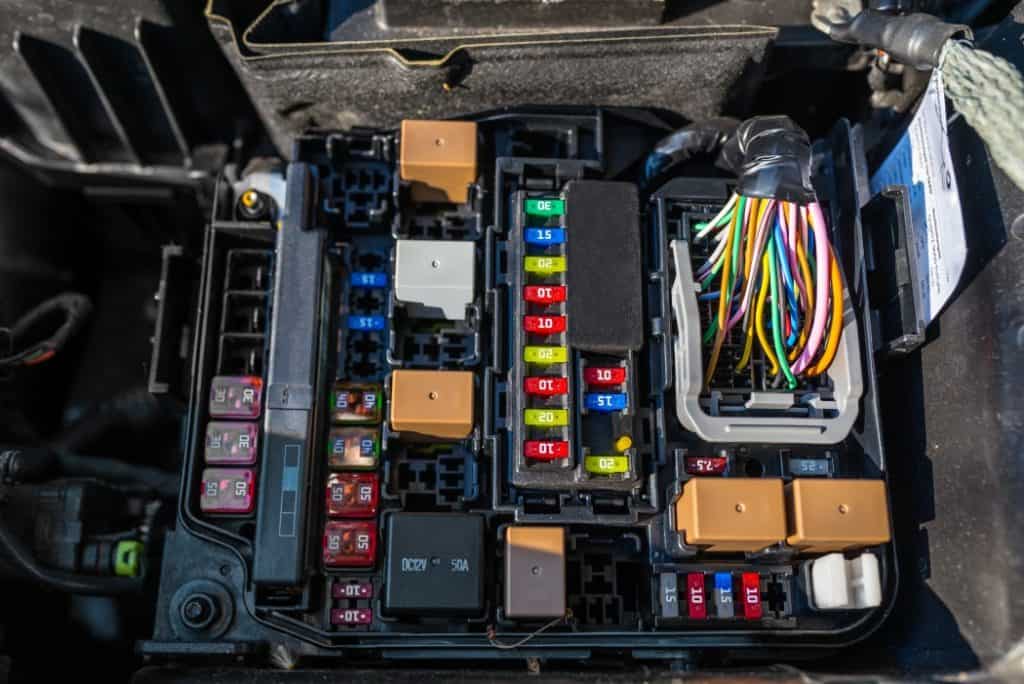
If a high current occurs from a short circuit or an overloaded circuit, the wire inside the electric fuse melts. This breaks the circuit, and the current stops flowing. An electric fuse essentially gives up its life to stop the flow of electricity.

A circuit breaker acts similarly to a fuse but is a switch that opens to prevent the flow of electricity in the event of a fault. When a circuit breaker trips, the internal switch opens, and the electrical current stops flowing.
A circuit breaker is not as sensitive as an electric fuse. But it does not sacrifice itself as a means of the protection it offers. Instead, you can reset a circuit breaker after it trips.
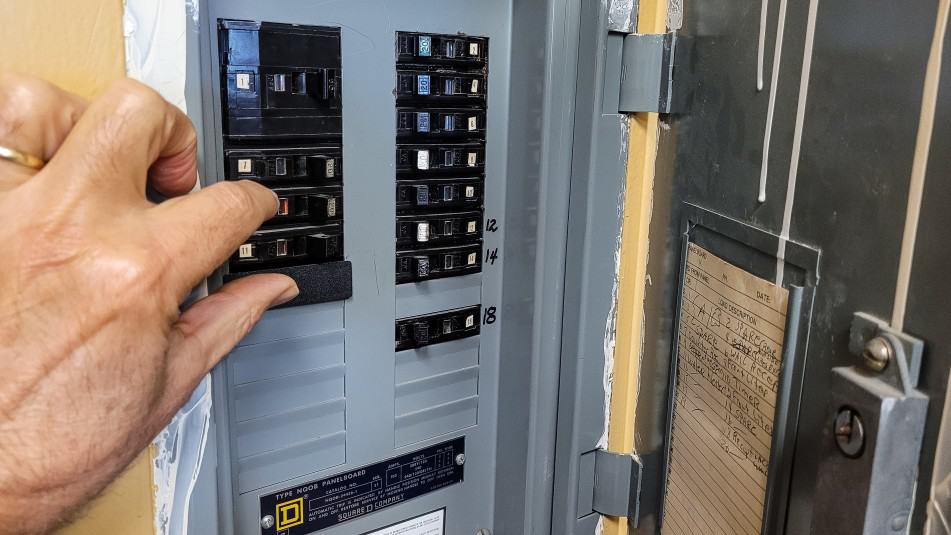
Circuit breakers are more expensive than electric fuses and are more prone to failure. Although both fuses and circuit breakers exist to protect electrical circuits by interrupting electricity flow, people use them in different situations and environments.
Fuses are simple to use and trip more quickly than a circuit breaker. Electrical systems use fuses next to energy sources such as batteries, solar panels, or grid connections.
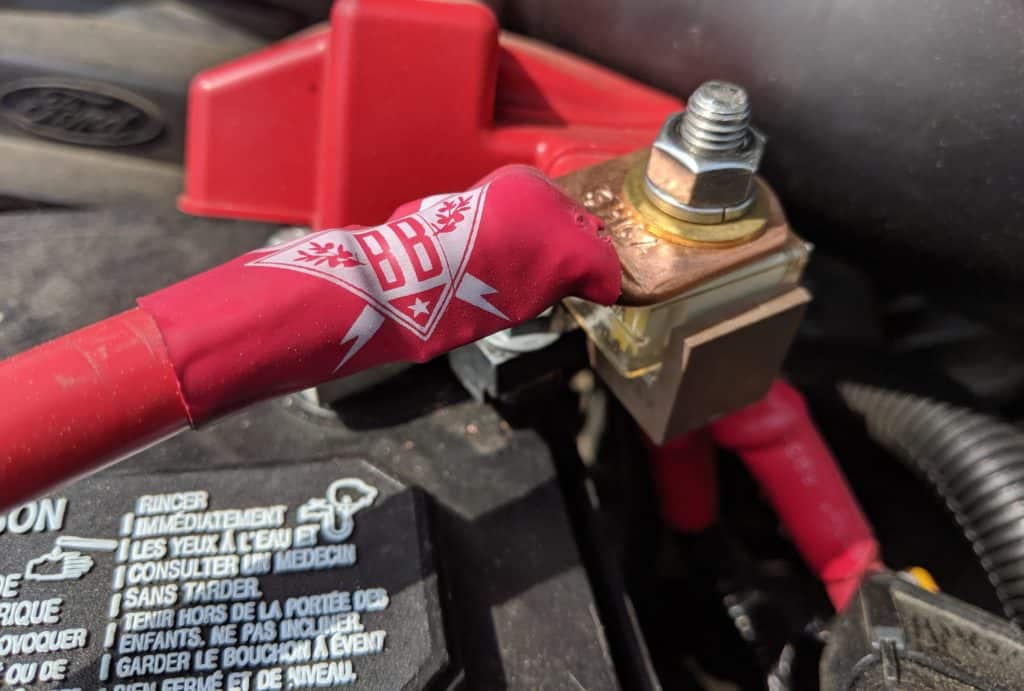
Another common use case is if the fuse upstream is too large. For example, you may have a large electric fuse at a battery and a smaller fuse on the little wires coming from a distribution panel. In the event of a fault or trip, the smaller electric fuse will blow first, keeping the rest of the circuit online. This design method is called circuit coordination.
People also use fuses regularly in sensitive circuitry because they react quickly and can protect sensitive electronic devices.



Choosing the correct electric fuse size is important because an undersized fuse can stop circuits from operating by cutting the power at low currents. An oversized fuse can allow too much current to flow. This defeats the purpose of using an electric fuse as a safety device and allowing an overloaded circuit to heat up to the extent that it causes a fire.
To choose the appropriate size electrical fuse for a given application, we need to calculate the maximum current that the circuit we’re powering will draw continuously. (The maximum amperage that the device we’re powering will draw.)
Once we have done this, we need to select an electric fuse that is 125% larger than the maximum current expected to flow through the circuit.
For example, we know that using a 3000 Watt 12-volt inverter will draw a maximum of 250 Amps because Watts / Volts = Amps, so 3000 W / 12 V = 250 amps.
So we’ll multiply 250 amps x 1.25 = 325 Amp fuse. Depending on your calculations, you would choose the next size available.
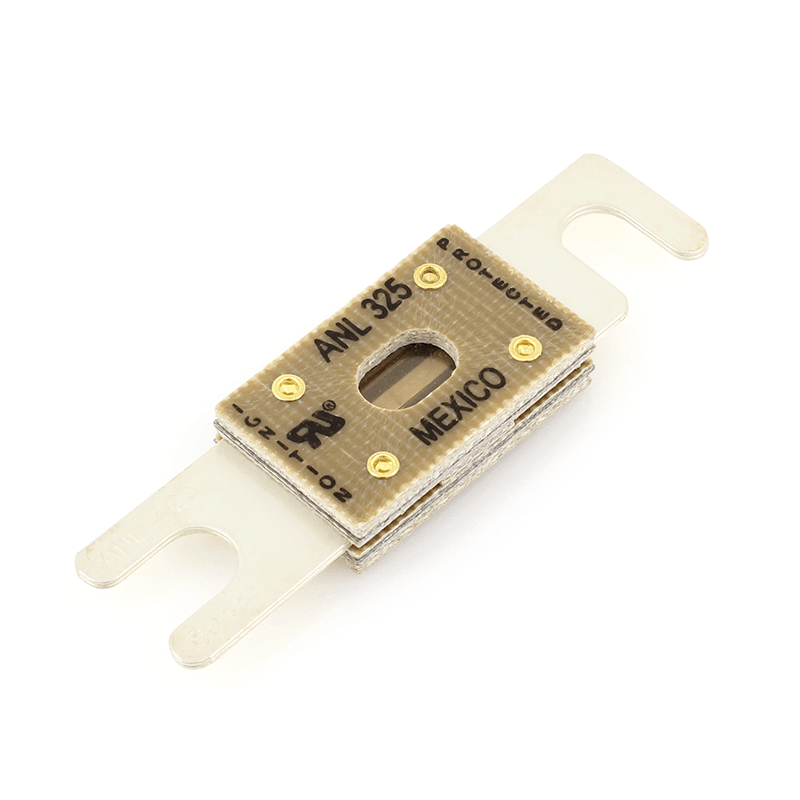
We can also select a fuse size by the wire’s size in the circuit or by the circuit’s capacity. In this case, we would choose the fuse size to protect the wire, according to the wire’s rating.
A correctly fused circuit will not overheat in the event of an overload because the fuse will blow. The fuse exists as a protective mechanism to stop the flow of current so that a fault will not have the opportunity to create excessive heat or an explosion.
Because this outcome is never what you want in an electrical system, fuses very much matter in your system installation! Because of this, it is important not to skimp on this critical piece of equipment. Read on to learn Why You Should Invest In Fuses For Your System.
We know that building or upgrading an electrical system can be overwhelming, so we’re here to help. Our Reno, Nevada-based sales and customer service team is standing by at (855) 292-2831 to take your questions!
Also, join us on Facebook, Instagram, and YouTube to learn more about how lithium battery systems can power your lifestyle, see how others have built their systems, and gain the confidence to get out there and stay out there.
Shop Best Sellers



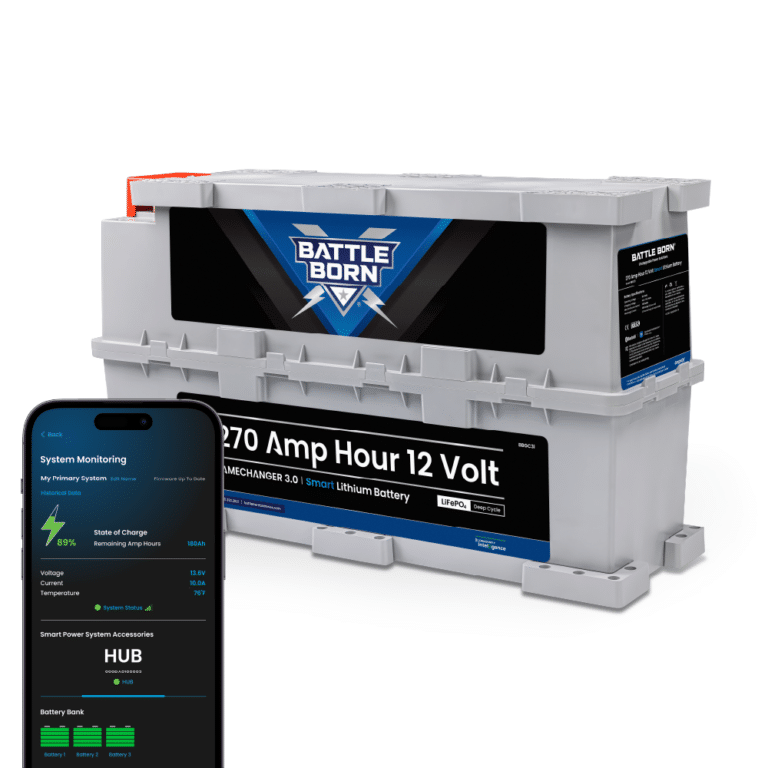




Ask a technical specialist now at 855.292.2831
Stay in the Know
One thought on “What Is An Electric Fuse and Why Do They Matter?”
You didn’t mention the fuses that light up when they blow. I changed out most of mine to those.